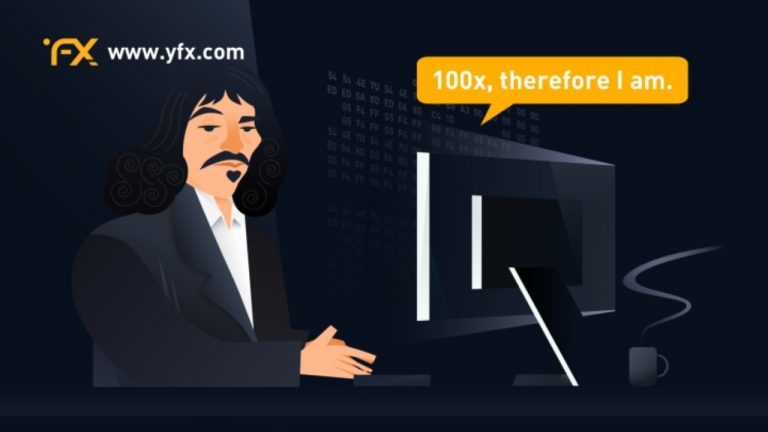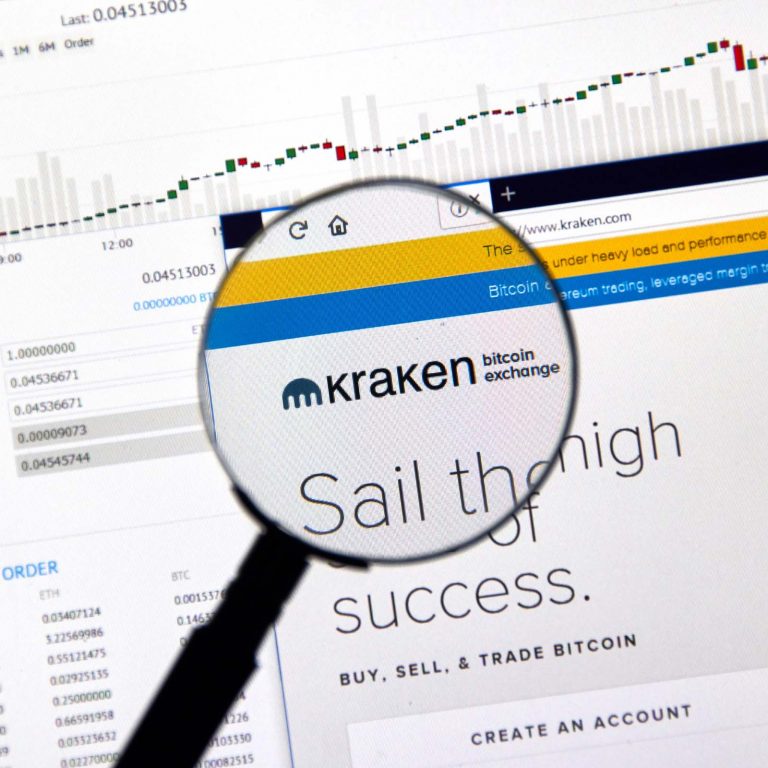
2019-1-8 13:11 |
Trading in cryptocurrencies always involves certain risks. These markets are incredibly volatile, which is part of what makes them so attractive. Some traders are not content with just the volatility, as they want to perform leveraged trading. This can yield vastly higher profits, but can equally incur severe financial losses. It is a double-edged sword which continues to gain in popularity.
The Purpose of Leverage TradingWhen it comes to speculating on and trading financial assets or cryptocurrencies, margin and leverage trading often go hand-in-hand. That is only normal, as a margin trade is a loan extended by a broker. By leveraging said margin trade to increase potential profits, a lot of money can be made without having to use much of one’s own collateral. On paper, it is a good way to create money in quick succession.
Through a leveraged trade, speculators can gain increasing buyer power and potentially double, triple, or quadruple potential profits without too many problems. Being able to pay less than the full price for a trade while still being able to pocket massive potential profits is something many traders can’t afford to pass up on. That doesn’t necessarily mean everyone should explore this option either, as nothing comes free of risk when dealing with financial assets.
In the financial sector, a leveraged trade is always noted in the form of a ratio. For example, a 2:1 ratio is by far the most common type of leverage trade in the world. Specialized trading forms – especially in the cryptocurrency industry – allow speculators to leverage up to 100:1 on their trades. If such a trade goes awry and gets liquidated, the financial problems will ensue in very quick succession.
It is equally important to note neither all cryptocurrencies – or financial assets and securities – are subject to leverage trading either. In the cryptocurrency world, the top currencies such as Bitcoin, Ethereum, XRP, and sometimes Litecoin will usually be eligible for such trades. Everything else is subject to the trading platform’s plans and demand from customers. Regardless of which currency one can leverage, the risk and reward “odds” remain identically the same.
For most people, all they see is the potential money to be made while using leveraged trading combined with cryptocurrencies. While it is true some people make a living off of doing so, the vast majority of inexperienced traders will undoubtedly lose money. Without any specific knowledge of how these markets work – and enough guts to toughen out unexpected volatile trends – leveraged trading is not an advisable course of action.
One option to explore when engaging in leverage trading is to put stop-loss orders at specific intervals. With a stop loss order, traders can mitigate a lot of potential financial heartache, although it will still incur losses regardless. It is always a good idea to nail down the essentials of crypto trading first and seek out demo accounts with leverage trading functions prior to committing one’s own funds.
Image(s): Vintage Tone/Shutterstock.com
The post What is Leverage Trading? appeared first on NullTX.
origin »Open Trading Network (OTN) на Currencies.ru
|
|
























